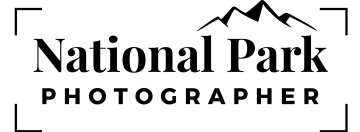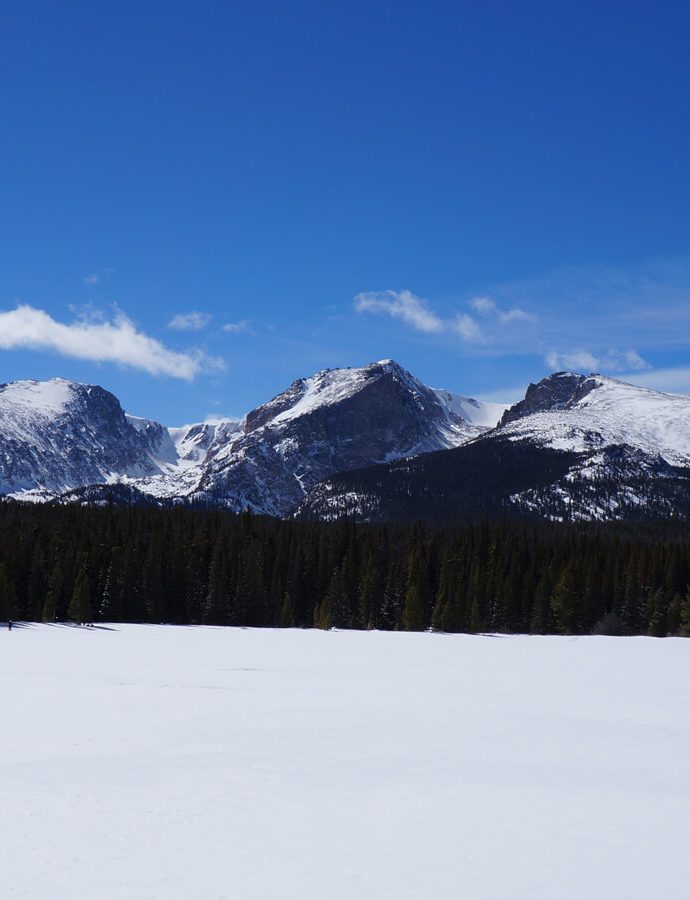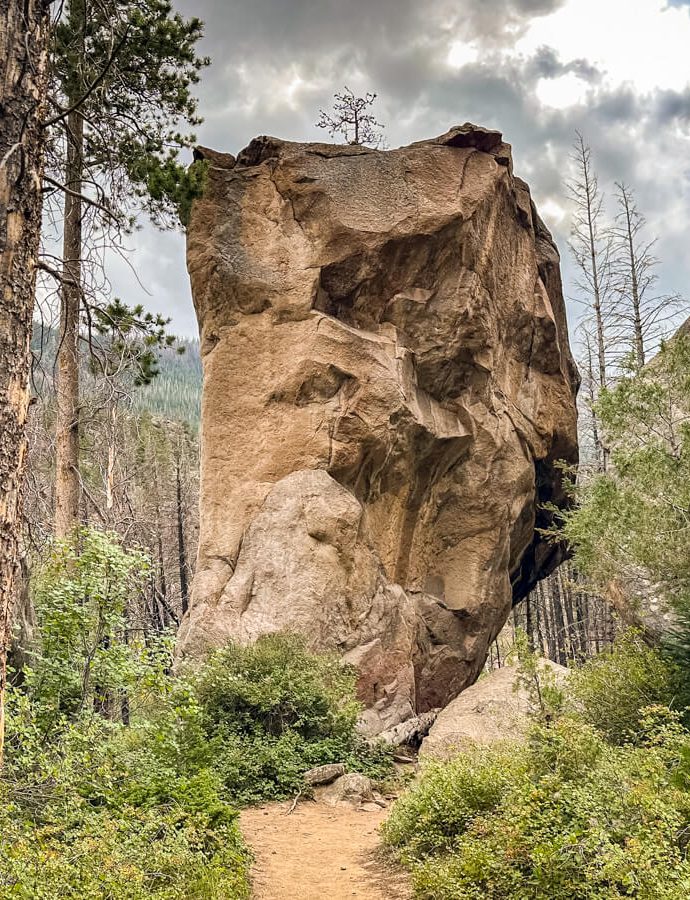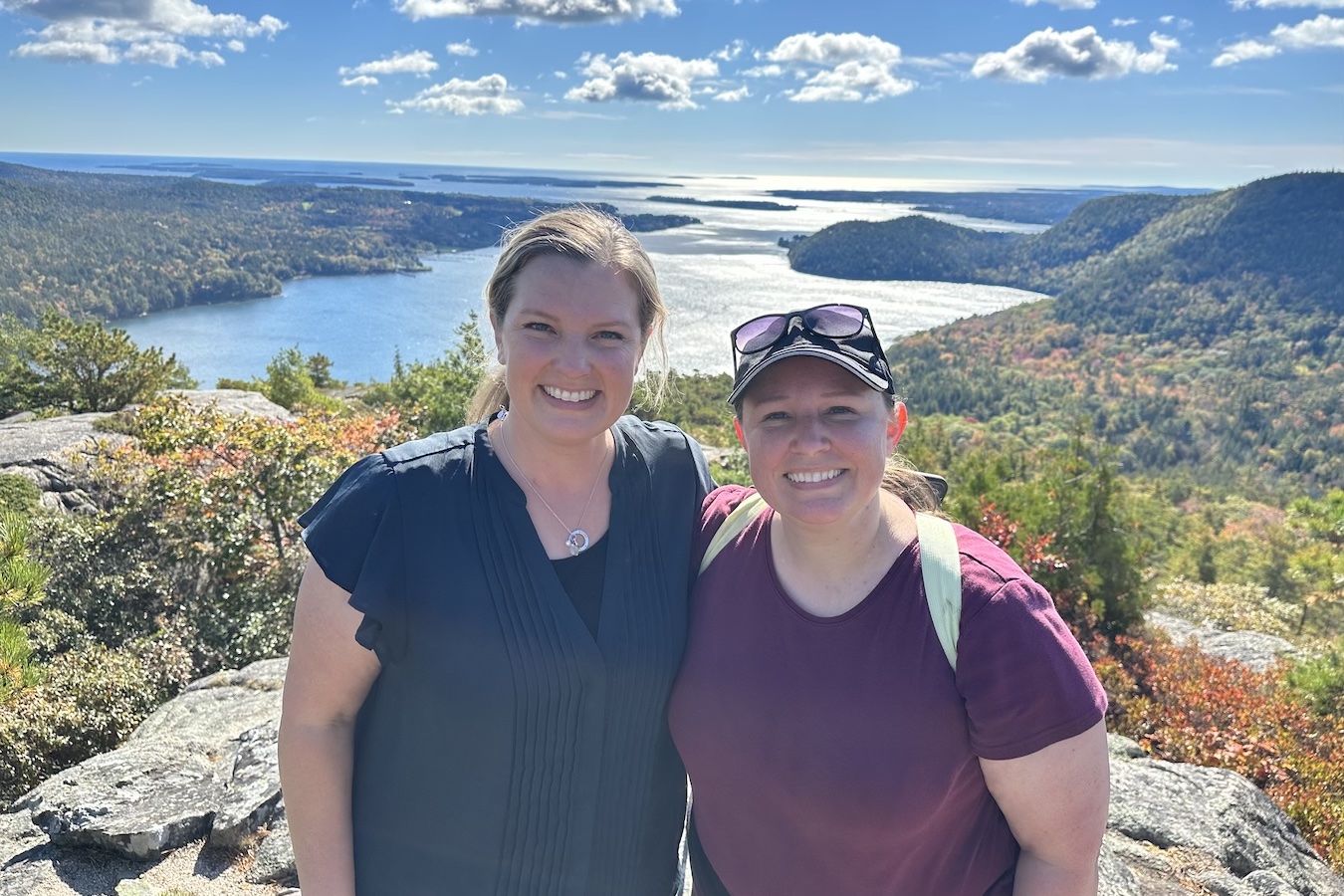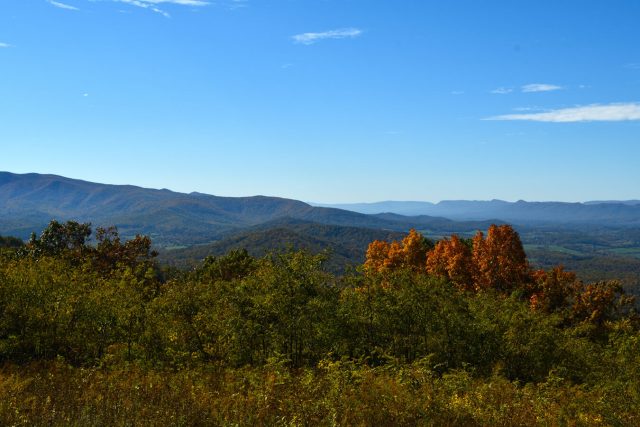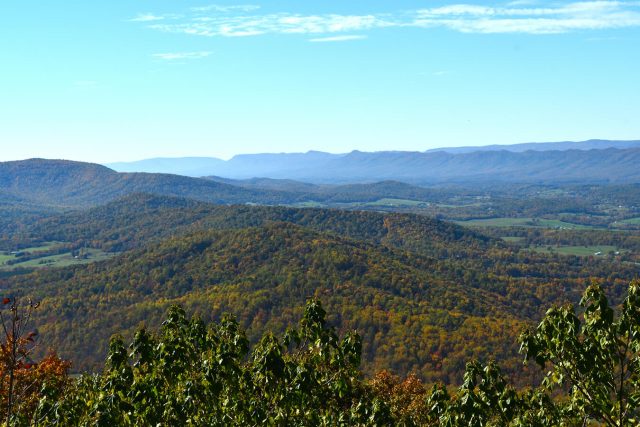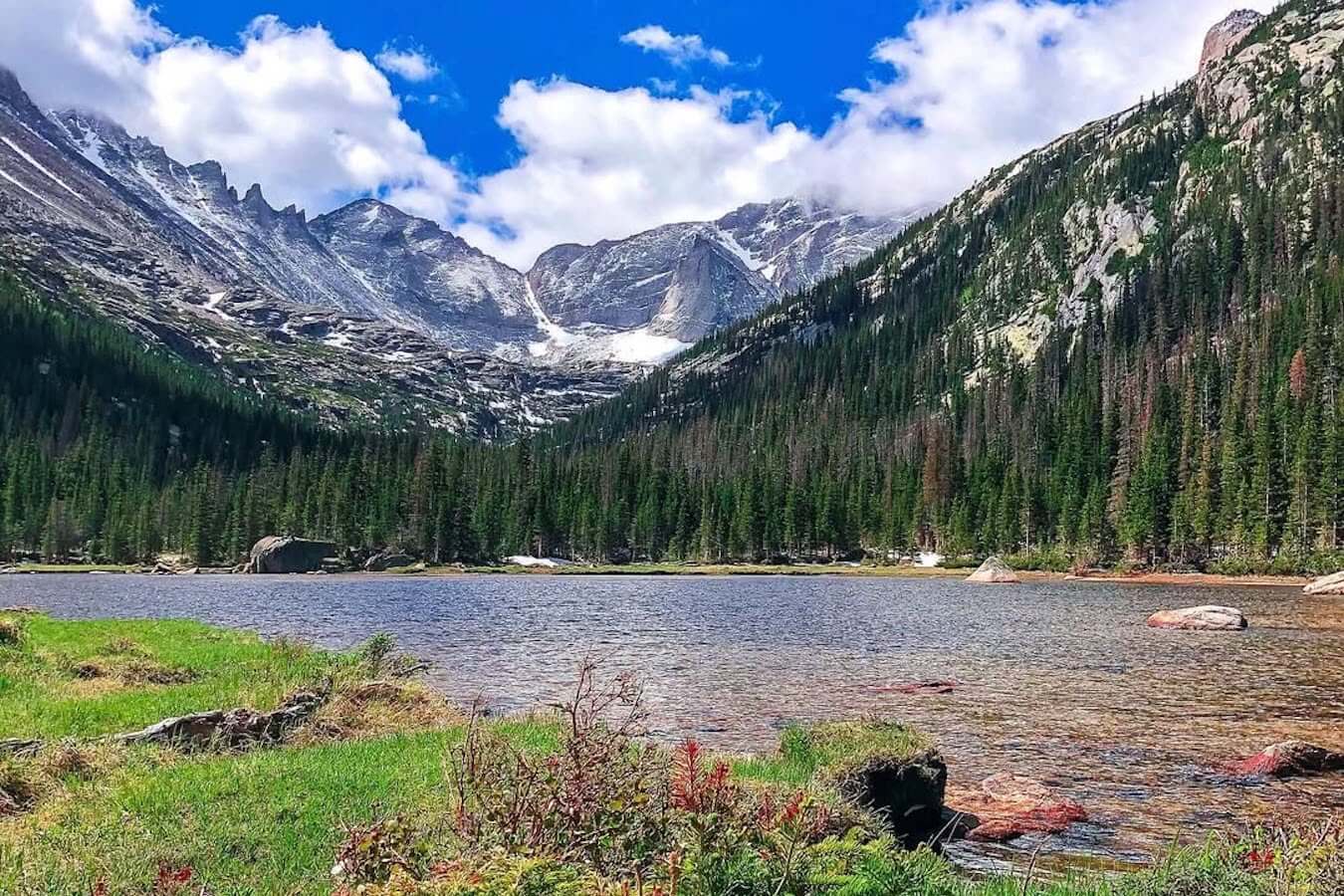
Length: 6.3 mi (10.14 km)
Elevation Gain: 859 ft (261.82 m)
Route Type: Out and Back
Difficulty: Moderate
Jewel Lake, cradled at about 10,000 feet in Rocky Mountain National Park’s Glacier Gorge, is a serene alpine treasure framed by the dramatic Keyboard of the Winds and flanked by rugged peaks. Its boulder-strewn shores, dotted with vibrant wildflowers and subalpine firs, host pikas and trout, offering a tranquil retreat for hikers and photographers seeking solitude. Less frequented than nearby lakes, Jewel Lake’s shimmering waters and peaceful meadows invite quiet reflection and stunning vistas, making it a hidden gem for those exploring the gorge’s untamed beauty.
Accessing Jewel Lake
Starting Location: Glacier Gorge Trailhead, Bear Lake Road, Estes Park, CO 80517 (8.5 miles from Beaver Meadows Entrance)
GPS (DD): 40.310353, -105.640380
To access the Glacier Gorge Trailhead for Jewel Lake, in Rocky Mountain National Park, head to Bear Lake Road, approximately 8.5 miles from the Beaver Meadows Entrance Station near Estes Park, CO. From the Beaver Meadows Visitor Center, drive west on US Highway 36 for about 1.3 miles, then turn left (south) onto Bear Lake Road. Continue for 7.2 miles to the well-marked Glacier Gorge Trailhead on your left, just past the Glacier Basin Campground turnoff. The trailhead’s small parking lot (20–25 spaces) fills quickly, so arrive early (before 8 AM) or use the park’s free summer shuttle (May to October) from the Park & Ride lot, about 1 mile away, which offers more parking spaces and pit toilets. Limited restrooms are available at the trailhead, but no water, so plan accordingly. Check NPS for shuttle schedules and road conditions, especially in winter when the lot is not plowed.
The trail to Jewel Lake, a moderate ~6.3 mile (10.14 km) round-trip hike from the Glacier Gorge Trailhead (~9,200 feet), ascends ~859 ft (261.82 m) through a subalpine forest of Engelmann spruce and subalpine fir, following Glacier Creek to the serene lake at ~10,000 feet. You’ll pass Alberta Falls (~0.85 miles) and Mills Lake (~2.7 miles), with stunning views of the Keyboard of the Winds near the lake.
Please note that at the time of this writing, timed entry tickets are not only required to enter Rocky Mountain National Park during the peak season, you will also need a timed-entry reservation for the Bear Lake Corridor. You can visit the NPS website for the current timed entry requirements.
Hiking Tips for Jewel Lake
Although the trail to Jewel Lake is less traveled than other trails, the beginning hike to Alberta Falls is extremely busy, as is access to the Bear Lake Corridor. Start early (before 8 AM) to secure parking or use the summer shuttle (May–October) from the Park & Ride lot, and wear sturdy hiking shoes for rocky sections and occasional stream crossings, with trekking poles recommended for stability. You may also want to bring some Crampons in case of icy conditions. (I love my Kahtoola ExoSpikes!) If you use the shuttle, at the time of this writing, you will still need to bring your timed-entry permit with you.
Bring at least 2 liters of water per person, high-energy snacks, and layers for variable subalpine weather, including sudden rain or wind. Stay on marked paths to protect the fragile ecosystem, and check the NPS website for trail conditions, shuttle schedules, and altitude safety tips.
Recommended Emergency Supplies in Jewel Lake
Whenever you are traveling, it is always a good idea to bring extra emergency supplies. This is especially true if you will be hiking to more remote locations like Jewel Lake during your stay. Here are some highly recommended supplies to bring with you on your journey:
- Water
- Food
- Sun Protection (sunscreen SPF 30+, hat, sunglasses)
- Insect Repellent
- First Aid Kit
- Map (NPS trail map or offline GPS app)
- Flashlight/Headlamp (with batteries)
- Emergency Shelter (space blanket or poncho)
- Whistle/Signaling Device
- Extra Clothing
- Multi-Tool or Knife
- Additional Emergency Supplies (Click here for a complete list of our recommended photography and hiking gear)
Be Prepared for Limited Cell Service
National parks often have limited or spotty cell service so it is always helpful to have some sort of map or GPS-tracking device handy to assist with trail and road navigation. Even when you don’t think you will get lost, if the trails or roads are poorly marked, it is a possibility. Some GPS trackers, like the Garmin inReach and the Garmin inReach Mini, can also communicate your location to others. At a minimum, have a printed copy of the maps and hiking trails or download them to your phone.
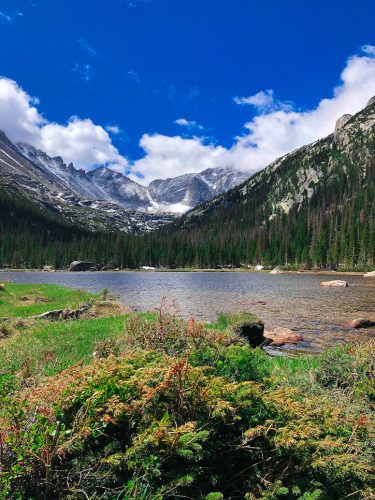
Elevation Sickness
Visiting Rocky Mountain National Park, with elevations ranging from 7,500 to over 12,000 feet, can pose risks of elevation sickness (acute mountain sickness, AMS) due to lower oxygen levels at high altitudes. Warning signs include headache, nausea, dizziness, fatigue, shortness of breath, and difficulty sleeping, typically appearing within 6–12 hours of ascent. If untreated, severe cases may lead to dangerous conditions like high-altitude pulmonary edema or cerebral edema, marked by confusion, severe breathing issues, or loss of coordination, requiring immediate descent and medical attention.
To stay safe, acclimate gradually by spending a day or two at lower elevations (e.g., Estes Park, ~7,500 feet) before hiking to Jewel Lake (~10,000 feet) via the Glacier Gorge Trailhead. Stay hydrated with at least 2 liters of water, avoid alcohol, eat high-carbohydrate meals, and ascend slowly to reduce risk, especially given the trail’s moderate ~859 ft (261.82 m) elevation gain over ~6.3 mi (10.14 km) round-trip. Monitor symptoms closely, descend immediately if they worsen, and check NPS for altitude safety tips and emergency contacts.
Best Time of Year to Visit Jewel Lake
The best time to visit Jewel Lake in Rocky Mountain National Park is late spring to early fall, specifically from May to October, with September to early October being particularly ideal. During this period, temperatures are mild (daytime highs of 45–70°F at ~10,000 feet), and trails are generally snow-free, making the moderate hike from the Glacier Gorge Trailhead accessible for prepared hikers. September and early October offer crisp, clear days with fewer thunderstorms compared to summer.
Spring and early summer (May–June) bring vibrant wildflowers and lush meadows along Glacier Creek, enhancing Jewel Lake’s tranquil beauty for photography. Late spring and early fall see fewer hikers than peak summer (July–August), providing a quieter experience at this less-crowded subalpine destination. Snow can linger into early June, and late fall (October/November) may bring icy patches, requiring traction devices for safety. Check NPS for trail conditions, shuttle schedules, and weather updates, as high-altitude conditions can vary rapidly.
Photography Tips for Jewel Lake
The best time to photograph any lake or water feature is at sunrise or in the late afternoon for soft, warm light, avoiding harsh midday shadows. I have found that most lakes are calmest during the early morning hours before the sun has a chance to heat up the water, causing ripples. A wide-angle lens (16–35mm) is ideal for framing the expansive peaks and boulder-strewn shores, while a polarizing filter helps take out the water reflections and sky contrast.
Use a sturdy tripod for long-exposure shots (1–2 seconds) to smooth water surfaces or capture alpine glow, and incorporate wildflowers or rocks for compositional depth. Prepare for sudden high-altitude weather changes with protective camera gear.
Closing Remarks
Visiting Jewel Lake in Rocky Mountain National Park is a hike many people never get to experience. If you are lucky enough to go, I hope you enjoy your journey! Whether you’re photographing the serene reflections at dawn, savoring the quiet solitude, spotting pikas among the boulder-strewn shores, or hiking through the scenic Glacier Gorge, this lake at ~10,000 feet offers an unforgettable retreat for adventurers seeking peace in the Rockies’ pristine wilderness.
Find Your Favorite Location
No matter where you go in Rocky Mountain National Park, be sure to take your time and find your favorite location along the way. If you are lucky, you may even spot some wildlife! Don’t forget to add detailed macro shots, change your perspective, and most importantly have fun.
Before making your trip, consider checking the official Rocky Mountain National Park website or contacting the park’s visitor center for the most up-to-date information on trail conditions, accessibility, and any recent changes. As with any visit to a national park, it’s important to follow park regulations, practice “Leave No Trace” principles, and prioritize safety while exploring this beautiful area. I hope you enjoy your time photographing Jewel Lake!
Joyful Journeys!
Bonnie and Juventa, Co-Owners, National Park Photographer
Want to learn more about Rocky Mountain National Park? Check out these maps, guides & books:
- Rocky Mountain National Park (National Geographic Trails Illustrated Map)
- Rocky Mountain National Park: The Complete Guide: (Color Travel Guide)
- Rocky Mountain National Park: The First 100 Years
- Mystery In Rocky Mountain National Park (National Park Mystery Series)
- Best Easy Day Hikes Rocky Mountain National Park (Best Easy Day Hikes Series)
- Death in Rocky Mountain National Park (Death in the Parks)
- It Happened In Rocky Mountain National Park: Stories of Events and People that Shaped a National Park (It Happened In Series)
Please note, by making purchases through our affiliate links, you are supporting our mission to celebrate and showcase our National Parks and the photographers who frequent them. As an Amazon Associate, National Park Photographer earns from qualifying purchases at not cost to you. We appreciate your support.
